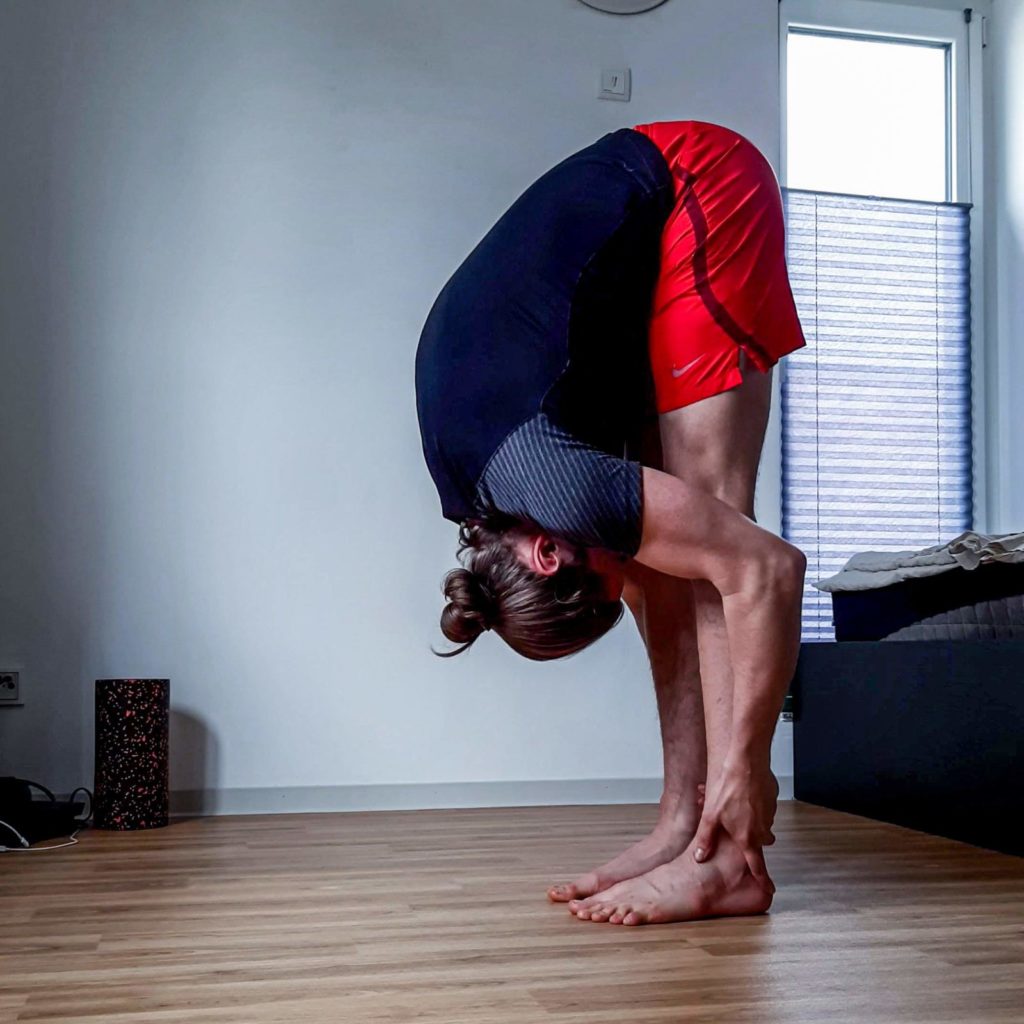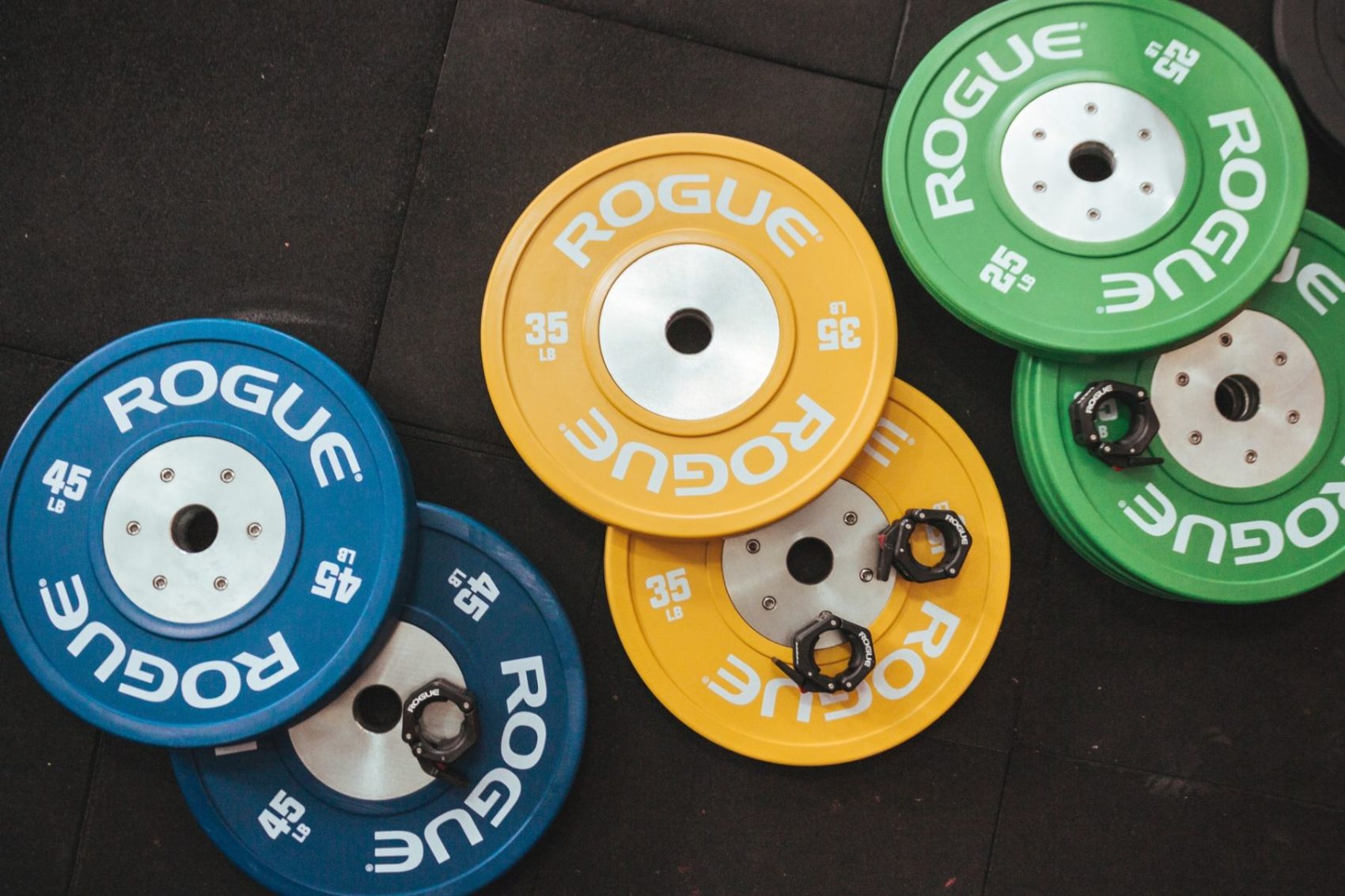Getting mobile is quite a quest.
The journey to your wanted treasures – waiting at the end of it – can be strenuous, long and sometimes demoralizing.
On some occasions, you have to fight for your ROM, while on others it is better to play the steady game. Nonetheless, getting mobile is achievable for anyone willing to put in the work.
To help you on your quest and guide you around the monsters lurking beside your path, waiting to rob you of your precious time, this post is dedicated to the pike stretch and should explain to you how to practice it properly.
The pike stretch is one of the basic movement patterns many athletes need for their sports.
Let’s not talk long around it and get right into that specific movement!
So – what exactly is the pike position?
The pike position has many names – forward folding, hamstring stretch, and so on – but all describe the same movement pattern. I will stick to pike here. It is a movement that challenges and lengthens your whole posterior chain but most will feel it in their calves and hamstrings.
While there are many different variations, the pike always involves your upper body getting closer to your lower body, eventually resting completely on it. It should anyhow look like in the picture below.

For some athletes, a flexible pike position is unnecessary, like for instance runners or powerlifters, while in many other sports it is crucial. A few examples here would be calisthenics, gymnastics or dancing.
So look in the first place if a better pike position will support your main endeavors. 1
How to pike stretch with proper technique
The pike stretch is straight forward and simple. But there are a few points worth knowing before trying to jam your chest onto your legs.
Don’t round your back
This point is the most important one and a common pitfall for many!
Through rounding your back you take the strain off your hamstrings and instead your lower back takes the beating.
While for advanced athletes this can be fine for some purposes, beginners should avoid rounding their lumbar spine at all costs.
The goal should be to create length through your posterior leg chain and getting these muscles comfortable to the new range.
That is what will let you progress steadily – and without an aching back.
Be active the whole time
By being active you achieve greater results in a shorter time and avoid potential injuries. The goal is to teach your brain how to use the newly acquired range.
Think of your ROM as of newly learned stuff. Maybe a new recipe for an awesome curry. Or Quesadillas. That’s up to you.
After trying it out once, you will forget it quickly.
When doing it several times you will remember most of the ingredients and even the dish will get better.
Eventually, you will perfect that dish to your taste and learn how to cook it even while half-asleep.
The best way to learn this is by getting strong in the movement – by letting your muscles work:
- You could use your core and your hip flexors to pull you further into the stretch or even push your heels into the floor and activate your hamstrings.2
- You could explore the position and move around – nothing is wrong or right here. This point is just about being curious.
Don’t just stretch static – use a variety of methods
While the pike position is a great way to work on the pike position3, it is also necessary to include other exercises that resemble the movement but aren’t exactly the movement. Does that make sense?
One example here would be the Jefferson Curl. It is a movement similar to the pike, but also involves the spine and lets you add weight easily*. That way you can strengthen the whole range of your pike and even let you sin into a deep end range stretch. Have a look at this great video for further explanation.
Another move could be the Hanging Leg Raise. Yes, a ‘core movement’ to stretch your hamstrings – you got me *** right!
But hold on – while your legs are completely straight the goal should be to fold completely in half and get your legs actively to your chest. What looks fucking close to that? A pike!
See this video or my post on Instagram for more information.
You can also play around with different mobility concepts. One would be the previously mentioned PNF. But before getting too deep into this vast topic4 – the goal of every one of these is to passively acquire some new range and get strong in that new range by strengthening it, right away.

How often should I work on my pike stretch to see results?
As with any mobility goal – I would start slow. Add three exercises two times a week to your existing schedule.
Work on your mobility after the actual strength training is done. Or on a separate rest day. That depends strongly on your workout schedule.
If you manage the volume well, feel free to add more sessions, sets, or exercises to it, if it aligns with your goals.
Or integrate variants of this stretch into your daily life. Stretch in the evening passively while watching The Witcher on NetFlix,5 do some active hamstring stretches after waking up. Get creative! 😀
But also with two weekly sessions, done concentrated and wholeheartedly, you can progress well. You don’t have to work your *** off every day for that goal – the key is consistency.
The take-home points
OK – let’s wrap up everything we’ve covered so far.
- Ask yourself first – Do I need additional pike flexibility?
- You should feel your hamstrings – not your lower back.
- Stay active the whole time and explore the movement
- Use a variety of methods to stretch and strengthen the movement.
- You are in for the long run. Don’t do too much, too soon. Consistency wins over intensity.
That said – you should have now a good foundational knowledge on how to pike stretch properly. If you need an additional video going through everything I can recommend this one by Dominik Sky.
I hope this post could teach you what to watch out for to progress successfully. If there is any question left or you need some additional help – I would love to hear from you. You know where to find me! 😀
Till then and stay frosty,

PS – if you ever manage to perfect that Quesedialla recipe, invite me for beta testing, before making millions by selling it!
Further Reading and my Sources
- At the moment writing this post I worked through the Push Program written by Emmet Louis & Mikael Kristiansen. There is a great section of pike mobility included, with many learning opportunities. It is a great program if you want to dive into handbalancing!
- On youtube are a lot of great videos about the topic of pike stretches. My favorites are from Gabo Saturno, Dominik Sky, Tom Merrick, and Sid Paulson. While Gabo and Sid work through a whole routine with many great exercises, Tom and Dominik show a few exercises and talk about the common pitfalls on how to achieve a decent pike stretch.
Footnotes
- Why spent so much time on something that won’t improve your main source of fun and meaning? :-D BTW – ask yourself that question in terms of any advanced mobility movement. Solid baseline mobility is important and should be the prime goal of anyone who is lacking it. But everything on top is optional. If you are a runner there are a dozen other things your practice would benefit more from than a badass pike. If you are instead an aspiring gymnast a badass pike is default.
- That would be called PNF or in physiobabble proprioceptive neuromuscular facilitation and is a highly effective, but also strenuous method, to get more flexible.
- Me= Captain Obvious, sometimes.
- I know my little idiosyncrasy all too well of getting into a writing frenzy and go completely berzerk on the topic. But for the sake of you not reading 3000 words every post, I can’t do this every time. *Sigh*
- Anyways, go watch it if you are into fantasy. It is an awesome series! Alright, enough NetFlix advertising right now…



